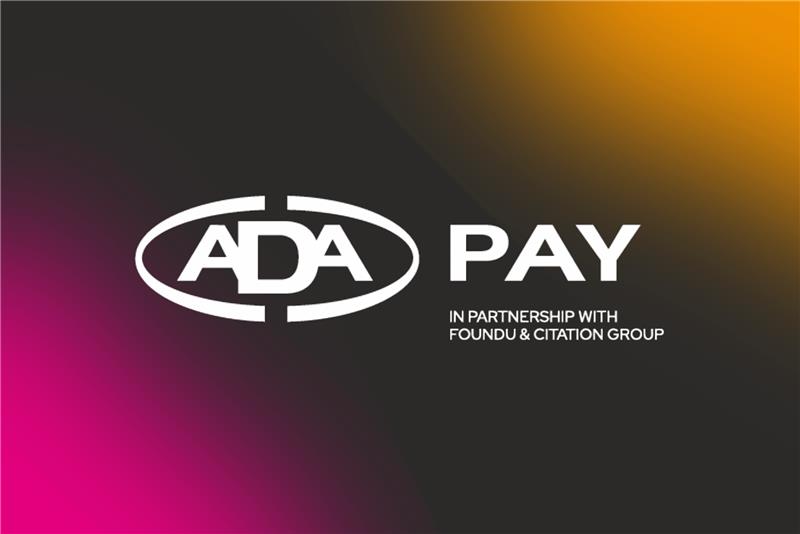
However, ensuring that your workplace adheres to all the safety requirements can be a tricky area to navigate, especially with the vast range of safety documentation that’s required to be completed. Construction activities pose a high risk to the health and safety of workers, hence why businesses within this industry must adhere to the relevant guidelines.
This article will highlight what some of these guidelines are and how they must be complied with.
Standard operating procedure
A safe standard operating procedure (SOP) is a written document that provides step-by-step instructions on how to safely perform a task or activity in the workplace. This document is provided to the employee undertaking the task for training and competency assessments. A SOP is intended to be used for a non-repetitive task that may be hazardous.
Safe Work Method Statement
A Safe Work Method Statement (SWMS) sets out a list of high-risk construction work activities that are carried out at a workplace and the measures that must be implemented to mitigate those risks. A statement of this kind should be developed before high-risk construction work begins and a copy must be provided to the principal contractor. High-risk construction work can include demolition, removal of asbestos, construction at heights of more than two metres or trenches deeper than 1.5 metres – just to name a few. However, it should be noted that the procedures and work this applies to may differ between States and Territories, depending on if that jurisdiction has adopted the model Work Health and Safety (WHS) laws.
A SWMS should be prepared by the person who is responsible for carrying out the high-risk construction work. If other workers are involved in the work, the SWMS should also be prepared in consultation with them.
When creating a SWMS there is certain information that needs to be included, such as:
- Identification of the work that meets the definition of high-risk construction work.
- The circumstances that may affect how the high-risk construction work is to be carried out.
- The hazards and the health and safety risks associated with the hazards.
- How exactly the control measures are to be reviewed, monitored, and implemented.
- Formality requirements detailing the address of the construction and the name of the principal contractor.
It should be noted that a SWMS should be in easy-to-read language so that those who utilise it understand how to effectively manage risks and implement the necessary control measures. Moreover, work should be stopped immediately if the SWMS can’t be followed.
Key takeaways
An employer’s safety obligations may require the completion of specific documentation before work can be completed, including SOPs and for the construction industry, SWMSs.
High-risk construction work must only be conducted under the safety precautions stipulated in the SWMS, as the consequences could pose serious health and safety risks to the workers involved.
Citation safety can help
Inside our safety software, you’ll find tailored workflows that can assist in identifying potential workplace hazards, documenting incident details, and managing an individual’s return to work following a workplace accident. Even if you’re careful, accidents can and do happen. And when they happen, we’re here to help. Our Workplace Health & Safety (WHS) experts are available 24 hours a day via the workplace Safety Advice Line.









